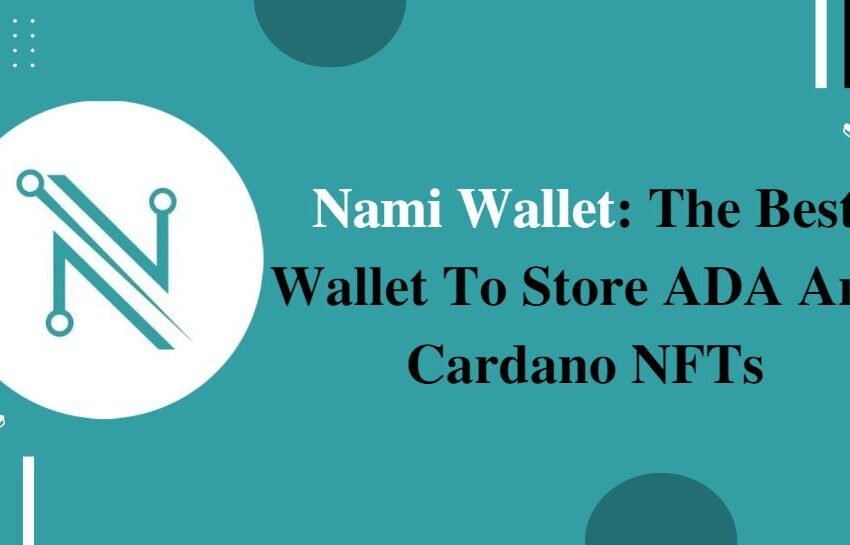What is Hashing, Nonce, Node in Blockchain?
Cycling through solutions i.e hash to guess the nonce is referred to as Proof-of-Work by nodes

Quick Takes:
In this piece, you will learn
- What a node is
- How hashing is achieved in a blockchain
- What is a nonce
Let’s dive in
If you are already familiar with cryptocurrency mining, then node, hashing and nonce would come familiar.
Understand Hashing before Nonce and Node
Hashing is the process of inputting an item of variable length to give an output item of a fixed length in the blockchain.
This is what cryptocurrencies use for attaining consensus. Transactions of varying lengths are run through a given hashing algorithm. And all give an output that is of a fixed length. The output is what we refer to as a hash. Bitcoin employs SHA-256, which means Secure Hashing Algorithm 256. Hashing using SHA-256 always gives an output result of a fixed length. This is a 256-bits length (the output is 32 bytes). It makes keeping track of transactions a lot easier when one recalls or traces the hash. The size of the hash will depend on the hash function utilized, but the out using a particular hashing algorithm will be of a specific size.
“Did you know that Bitcoin employs SHA-256 which means Secure Hashing Algorithm 256. Hashing using SHA-256 helps to keep track of transactions a lot easier when one recalls or traces the hash?”
What is a Nonce?
A nonce is an arbitrary number that may be used only once in a cryptographic context. It stands for number used only once, hence the name. It is a number added to a hashed or encrypted block in a blockchain that, when rehashed, meets the difficulty level target set by the network. This is the number that blockchain miners are in a frantic race to solve. When found, miners are offered cryptocurrency in exchange for their efforts.
To guess the block hash as a node, it starts with the block header which contains the block version number, a timestamp, the hash used in the previous block, the hash of the Merkle Root, the nonce, and the target hash.
Getting the hash is not an event of certainty. Miners have to iterate over several solution attempts to come up with this answer. Cycling through solutions to guess the nonce is referred to as Proof-of-Work.
It is highly unlikely that a miner will successfully guess the nonce on the first try or even get it at all. This implies the miner may be required to test a large number of nonce options before getting it right. This is done at incredibly high speeds known as hash rate. Hash rate depends on the computing power of the miner’s equipment/hardware. The greater the difficulty which is a measure of how hard it is to create a hash that is less than the target, the longer it is likely to take to generate a solution.
“Did you know that the act of cycling through solutions to guess the nonce is referred to as proof of work?”
What is a Node?
A network node is a point where a message can be created, received, or transmitted.
In the blockchain context, using the bitcoin network as a reference, a node acts as a communication point that may perform different functions. Any computer or device that connects to the Bitcoin interface/network may be considered as a node because they communicate somehow with each other. These nodes are also able to send information about transactions and blocks within the distributed network of computers by using the Bitcoin peer-to-peer protocol. But, each computer node is defined according to its particular functions, so there are different types of Bitcoin nodes. There are full nodes, listening or supernodes, miner nodes etc.
“Did you know that not all nodes in the bitcoin network are financially incentivized to perform as nodes?”
While miner nodes are incentivized to take part in the network, full nodes are primarily saddled with protecting the network and maintaining its integrity without any financial consideration given. As of August 2021, there are about 12000+ public nodes in the bitcoin network.
As miners have to invest in expensive mining hardware and software, anyone can run a fully validating node.
Nodes protect the blockchain against attacks and frauds (such as double-spending). Besides, a full node does not need to trust others, and it allows the user to be in total control of his money.
By now, Hashing, Nonce or Node shouldn’t come to you as difficult words even though they are relatively technical terms.
Follow Cryptodose for more such learning.




